Physical Therapy in Senior Living Communities: The Role of Assisted Living in Rehabilitation
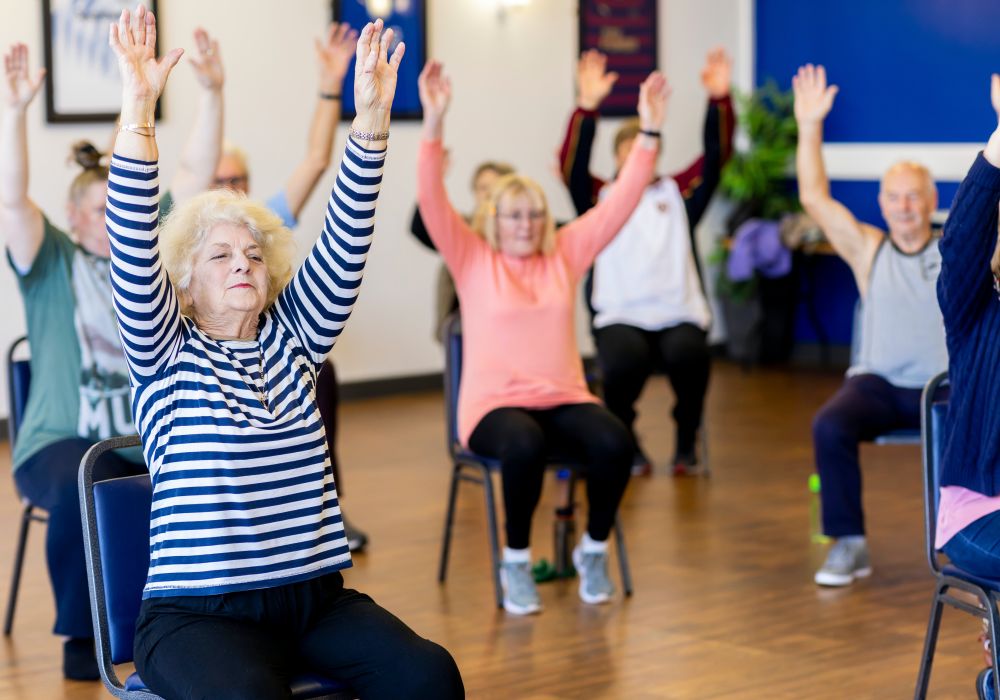
As we age, our bodies endure various transformations affecting our health and mobility. Loss of muscle mass, joint stiffness, reduced bone density, and an increased risk of chronic pain and inflammation are among the numerous changes. These make it difficult for older adults to perform daily activities and enjoy their hobbies. They also raise the likelihood of falls and injuries, which can have severe consequences for seniors.
Fortunately, physical therapy provides a way to counteract these effects and enhance older adults' quality of life. Physical therapy is a healthcare service that aids in restoring or improving physical function and movement. Physical therapists, trained professionals, employ various techniques, such as exercises, massage, heat, cold, and electrical stimulation, to help their clients achieve their goals.
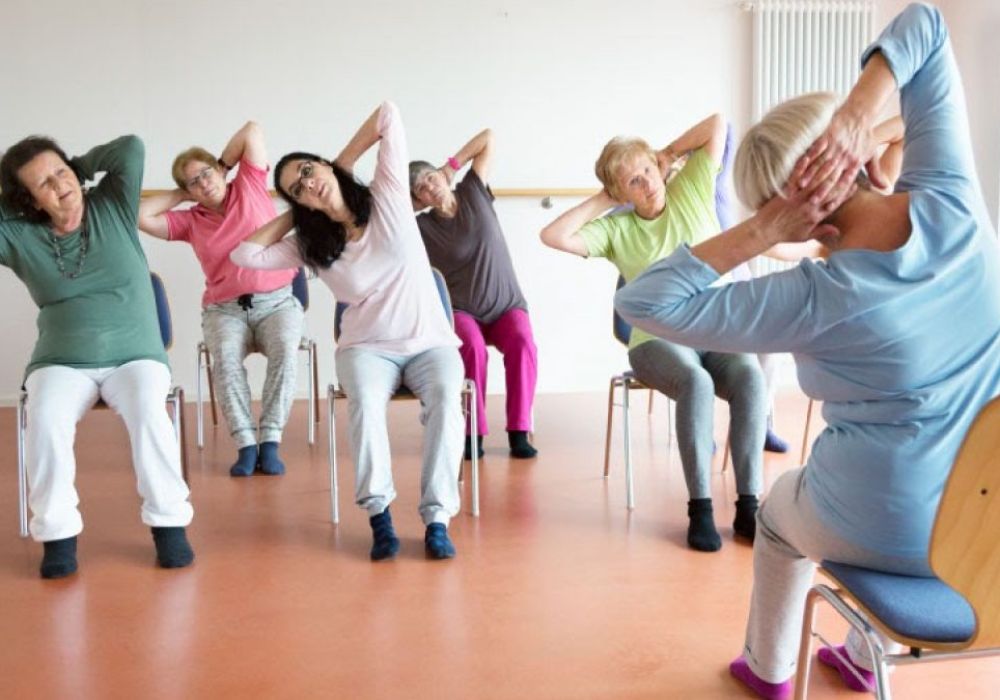
Physical therapy benefits seniors in many ways:
- Enhancing Mobility and Strength: It can improve seniors' muscle strength and joint function, making it easier for them to walk, climb stairs, get in and out of bed, and perform other daily tasks. Additionally, it can maintain or increase their range of motion and flexibility, thus preventing stiffness and pain.
- Managing Chronic Pain: Physical therapy can alleviate chronic pain and inflammation caused by conditions such as arthritis, osteoporosis, diabetes, and neuropathy. Furthermore, it can reduce seniors' reliance on pain medications, which may have side effects and interactions with other drugs.
- Improving Balance and Preventing Falls: Physical therapy can boost seniors' balance and coordination, reducing their risk of falling and injuring themselves. It can also aid seniors in recovering from falls and preventing complications such as fractures and infections.
- Promoting Independence and Quality of Life: Physical therapy can help seniors stay independent and active, improving their self-esteem and well-being. It can also enable seniors to participate in social activities and hobbies that they enjoy, enhancing their mental and emotional health.
However, not all seniors can access physical therapy services or travel to a clinic or hospital for treatment. That's where assisted living communities come in. These residential facilities provide personal care and support services for seniors who need some assistance with daily living but do not require skilled nursing care.
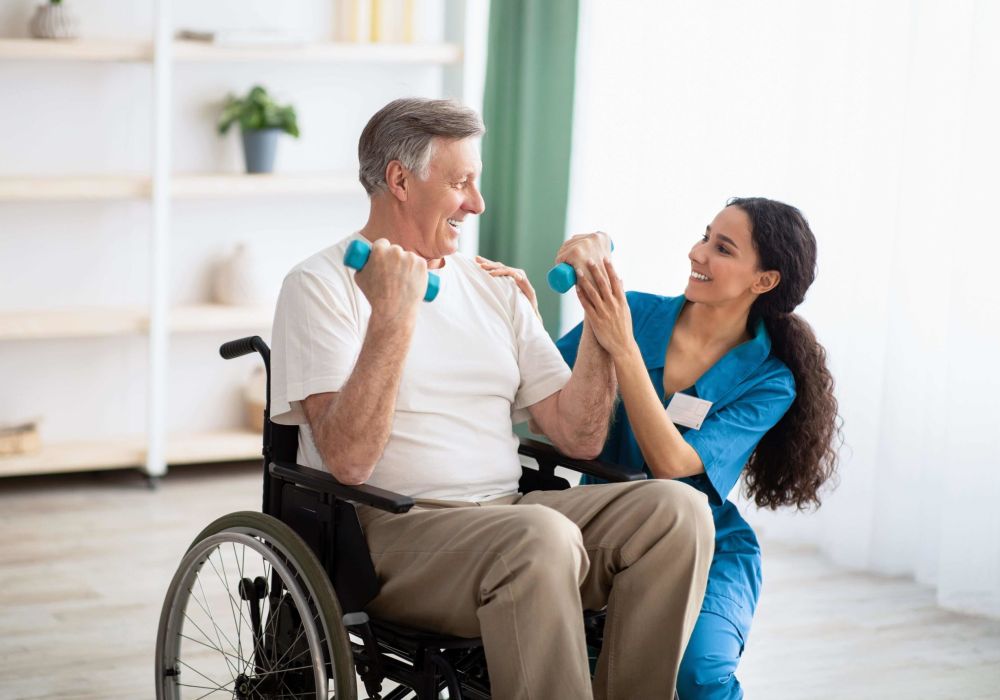
Assisted living facilities may offer several benefits for seniors, including:
- On-site Physical Therapy Services: Many communities have physical therapists on staff or contract with external providers to offer on-site physical therapy services. This allows seniors to receive therapy in the comfort and convenience of their own homes, eliminating the need for travel or transportation arrangements.
- Designing Accessible and Safe Environments: Communities are designed to accommodate seniors' needs and preferences, with features such as ramps, handrails, grab bars, elevators, emergency call systems, and security cameras. These features make it safer and easier for seniors to move around and access facilities and amenities.
- Tailoring Exercise Programs to Individual Needs: Communities offer a range of exercise programs and activities for seniors, such as yoga, tai chi, aerobics, dancing, gardening, and golfing. These programs are tailored to each resident's medical history, goals, preferences, and interests.
- Collaborating with Other Healthcare Professionals: Communities work closely with other healthcare professionals who provide care for seniors, such as doctors, nurses, pharmacists, dietitians, social workers, and counselors. This ensures the physical therapy services are coordinated with each resident's overall care plan, and any changes or issues are promptly communicated.
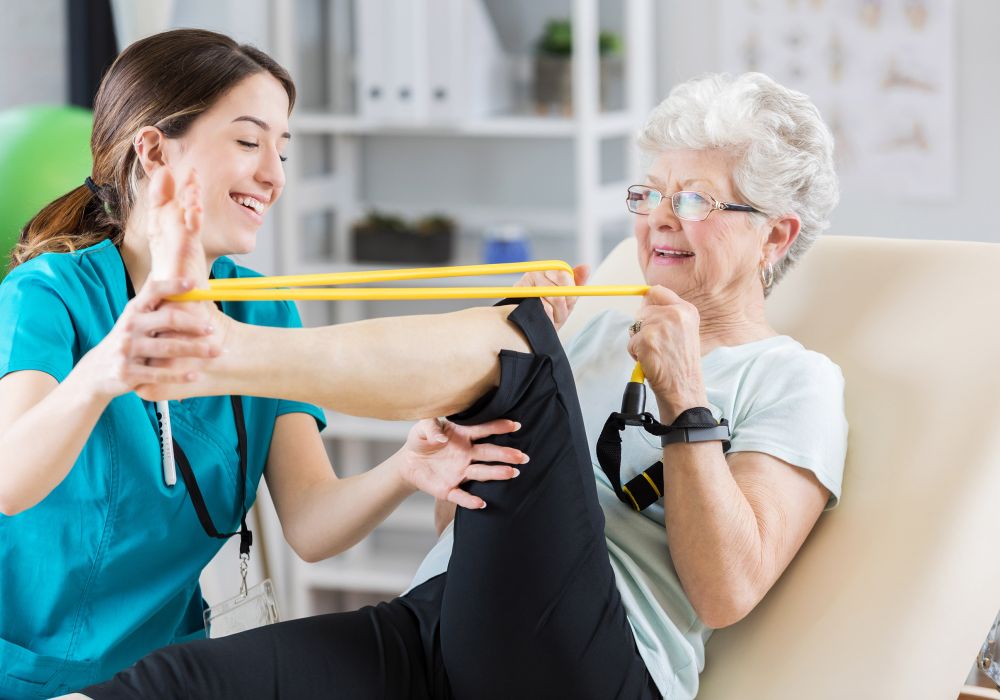
Assisted living staff play a vital role in facilitating physical therapy sessions for seniors. They are trained professionals who can:
- Conduct physical therapy sessions under a licensed physical therapist's supervision or according to a prescribed treatment plan.
- Monitor progress and adjust treatment plans based on the resident's and the physical therapist's feedback.
- Educate residents on self-care and injury prevention techniques, such as proper posture, body mechanics, stretching exercises, and the use of assistive devices.
- Provide emotional support throughout the rehabilitation process by listening to the resident's concerns, encouraging perseverance, and celebrating their achievements.
To illustrate how physical therapy in assisted living communities can help seniors with rehabilitation, consider the following realistic fictional examples:
- Case Study 1: A Resident Recovering from Joint Replacement Surgery Mary, a 75-year-old resident, had hip replacement surgery due to severe osteoarthritis. After surgery, she moved to an assisted living community offering on-site physical therapy services. She receives therapy three times a week in her room, guided by a physical therapist through exercises to improve hip mobility and strength. Mary also participates in group exercise classes and walks around the community with the aid of a walker. Assisted living staff monitor her progress and report any changes or issues to the physical therapist. They also assist her with bathing, dressing, and other daily activities. Mary claims that physical therapy has accelerated her recovery and boosted her confidence. She hopes to resume gardening soon.
- Case Study 2: Improving Mobility and Reducing Pain in a Resident with Arthritis John, a 68-year-old resident, suffers from rheumatoid arthritis, a chronic inflammatory condition affecting his joints, causing pain, stiffness, and swelling. He has difficulty walking, climbing stairs, and holding objects. He receives physical therapy twice a week in the community's fitness center. A physical therapist uses massage, heat, cold, and electrical stimulation to relieve his pain and inflammation, and John also performs exercises to improve his joint function and range of motion. The assisted living staff assist him with medication management, laundry, and housekeeping and teach him how to use adaptive devices such as a cane, a jar opener, and a button hook. John says that physical therapy has improved his mobility and alleviated his pain. He enjoys playing cards and chess with his friends in the community.
- Case Study 3: Enhancing Balance and Reducing Fall Risks in a Resident with Mobility Issues Alice, an 82-year-old resident, has mobility issues due to a stroke that affected her left side. She suffers from weakness, numbness, and coordination problems in her left arm and leg. She mostly uses a wheelchair but wants to walk more independently. Alice receives physical therapy once a week in the community's pool where a physical therapist uses aquatic exercises to improve her balance, strength, and endurance. She also practices walking on land with the help of a walker and a gait belt. The assisted living staff checks on her regularly and ensures her room is free of clutter and hazards. They also encourage her to join social activities and events in the community. Alice says that physical therapy has enhanced her balance and reduced her fall risks. She enjoys swimming and singing in the choir.
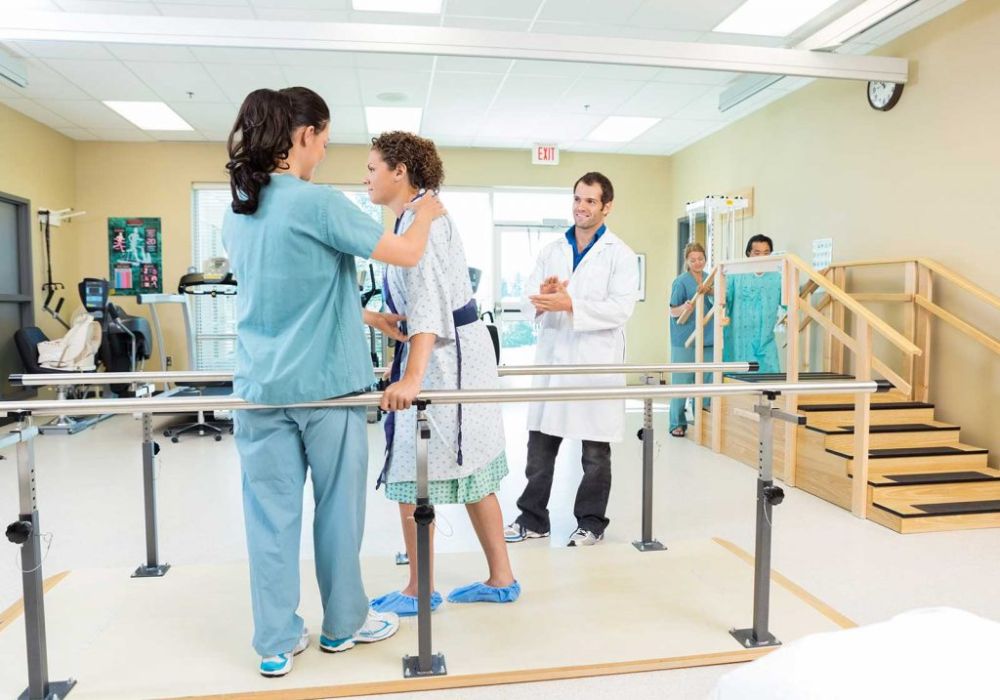
In conclusion, physical therapy in assisted living communities is a great option for seniors who need rehabilitation. It helps improve their physical function and movement, relieve pain and inflammation, prevent falls and injuries, and promote independence and quality of life.
Assisted living communities provide on-site physical therapy services in a safe and accessible environment, tailor exercise programs to individual needs and preferences, and collaborate with other healthcare professionals to provide holistic care. The staff in these communities play a vital role in facilitating physical therapy sessions, monitoring progress, educating residents, and providing emotional support.
However, like any other solution, there are challenges and solutions that need to be considered, such as limited resources, documentation and communication, participation and motivation, and cognitive impairments. Therefore, seniors and their families who are looking for rehabilitation options should consider assisted living communities that offer physical therapy services.
Likewise, senior living communities that want to improve the health and well-being of their residents should prioritize and invest in physical therapy services. Physical therapy in assisted living communities can make a positive difference in the lives of seniors who need rehabilitation. With the right approach and commitment, these communities can provide a comprehensive and effective rehabilitation program that enhances the quality of life for their residents.